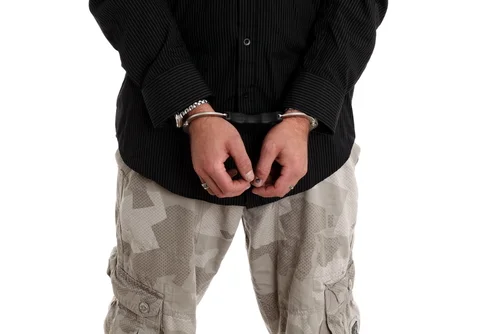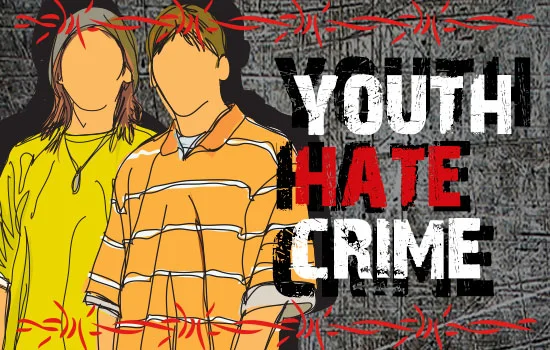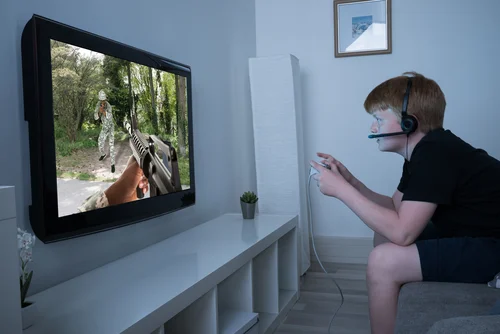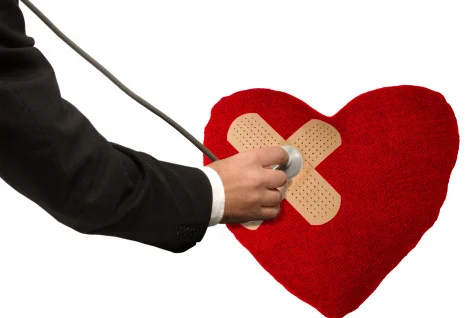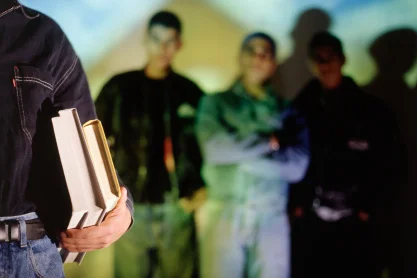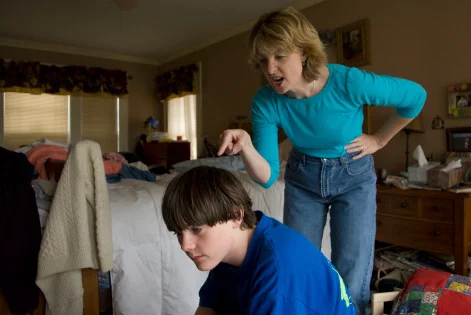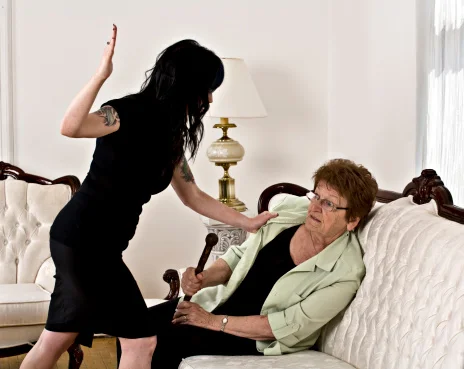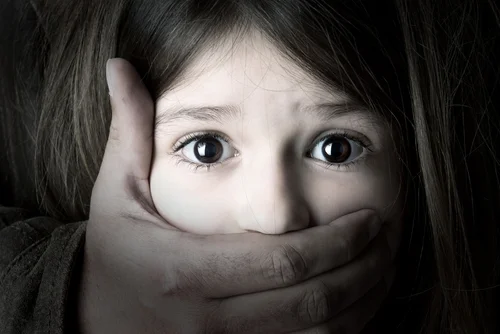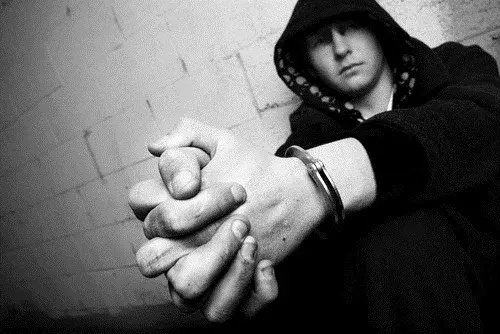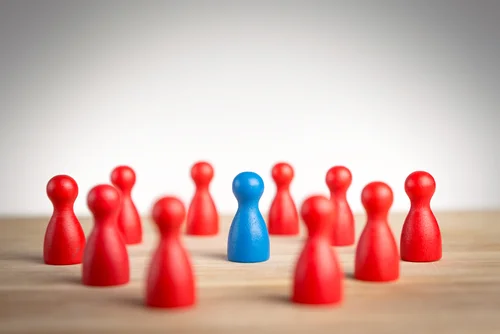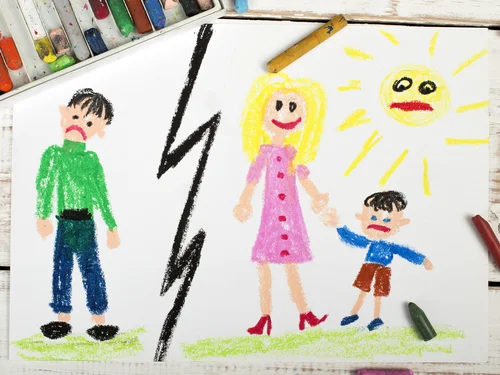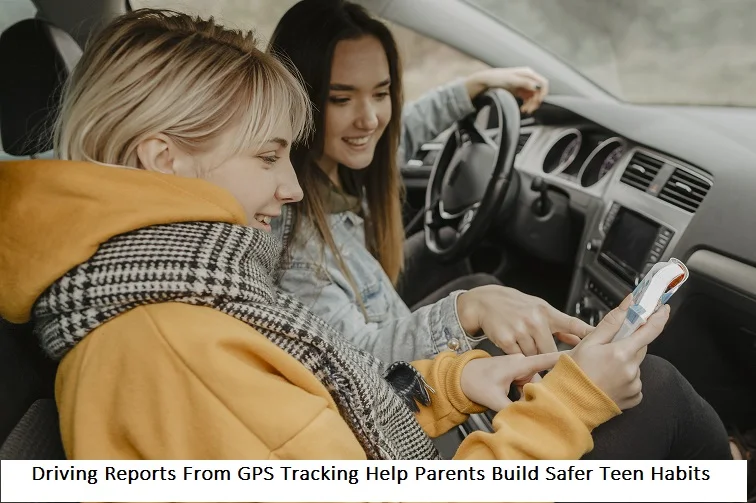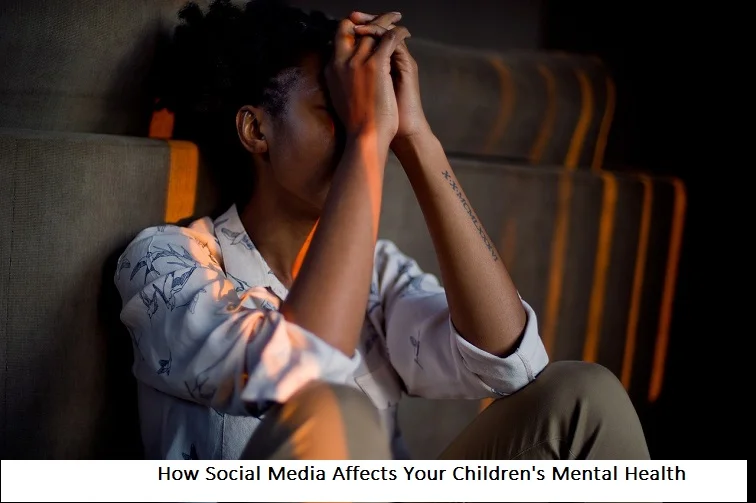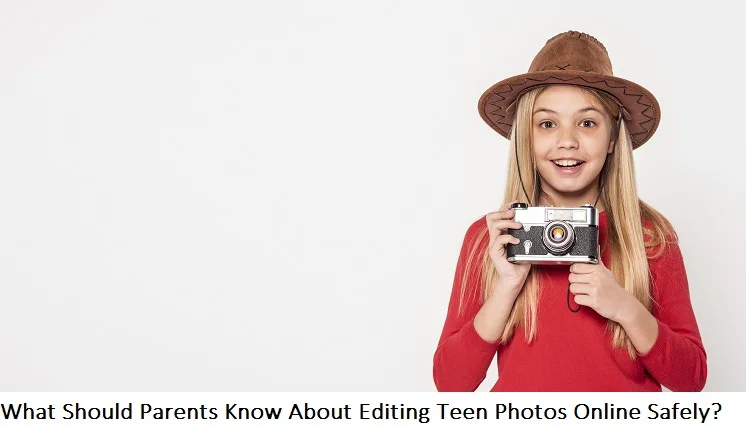+1 845 259 2974 (11 a.m to 7 p.m CST)
The wrong kind of cuts
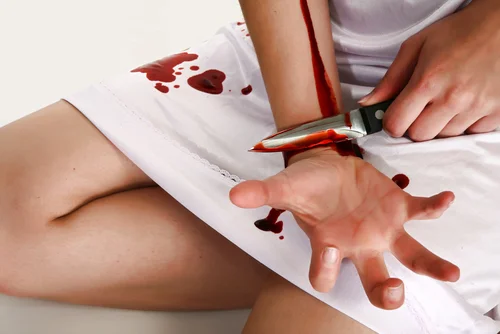
The rate of self-harm among Australian youth is on the rise as different experts blame the social media for the prevalence of this trend. This problem has raised its head to such an extent that the ABC aired a program to investigate the connection between social networking sites and self-harm among teenage girls ever since the fad became mainstream. In Australia alone, calls for help have risen by 200 percent in each of the past two years, while reports of self-harm increased by 25 percent in the ongoing year. Social media bullying has already been identified as an important factor in leading teenagers towards self-harm, thus making the situation both tense and alarmingly.
The butterfly effect
The Butterfly Foundation deals with people who face severe eating disorders have problems with their body image, including handling cases of self-harm. Butterfly Foundation chief executive Christine Morgan says that the act of resorting to self-harm indicates that many Australians are crippled by emotional pain. According to her, this is not an example of attention seeking behavior.
Real life self-harm incidents
Isabella Mitchell (17) suffered depression and eating disorder until last year and her condition was triggered by severe bullying at school.
"At first it was more anorexic, I guess. I would starve myself and restrict my food intake," she said. The condition gradually turned into bulimia and ended with self-harm that has left behind many scars on her arms and thighs.
"Because I was in so much emotional pain, giving myself physical pain would take that away a bit," Isabella said.
"At first it was, I guess, maybe once a week, and then it was every day. When it was most severe I'd be doing it once, maybe twice a day, sometimes more," she added.
The teenager kept her self-harm activities secret from her parents, but they found out the first time Isabella was admitted to hospital.
Many social networking sites include graphic images of self-mutilation by teenagers.
"It's a really big subculture, on Tumblr especially, the self-harming websites and taking photos of themselves and all that. That's where I learnt a lot of ways to do it," Isabella said.
"Sometimes I'd be cutting just so I could have a photo to put up there and I know that was really common. Now that I look back at it, it was just like, 'how could I be doing that?” she added
Her mother is aware of the dangers associated with such online sites and said that these forums provided teens with ways to hide their scars, encouraged the exercise, and taught ways to inflict self-harm.
Caitlin Smith is another Tumblr user and has been known for inflicting self-harm on herself.
"I know from experience when I see a photo like that it does tempt me and it is a battle inside my head whether I should do it," Caitlin said.
"I started cutting more and more and it would get deeper and deeper and I would get more numb towards it," she revealed.
Social media in the eye of the storm
The Butterfly Foundation CEO Christine Morgan says that, “I think one of the things we have to absolutely accept is it’s not the fault of social media.” She also said that social media is a channel of communication that could also be used as a barometer.
All leading youth mental health bodies are working together on a trial which involves 1,000 people wearing biometric watches that measure their movements and sleeping patterns. This initiative would try to find ways as how to stop self-harm among teenagers and professor Hickie is also part of the initiative. He says that incidents of self-harm are increasing and a quarter of all teenagers develop serious mental health problems. He said that one from among 10 youngsters experience thoughts of self-harm or suicide, though the actual figures are difficult to determine.
The research says that 17 percent of females and 12 percent of males aged 15-19 reported self-harm at some point in their life. Professor Hickie believes that incidents of repeated self-harm are on the rise in Australia which is a worrisome situation.

